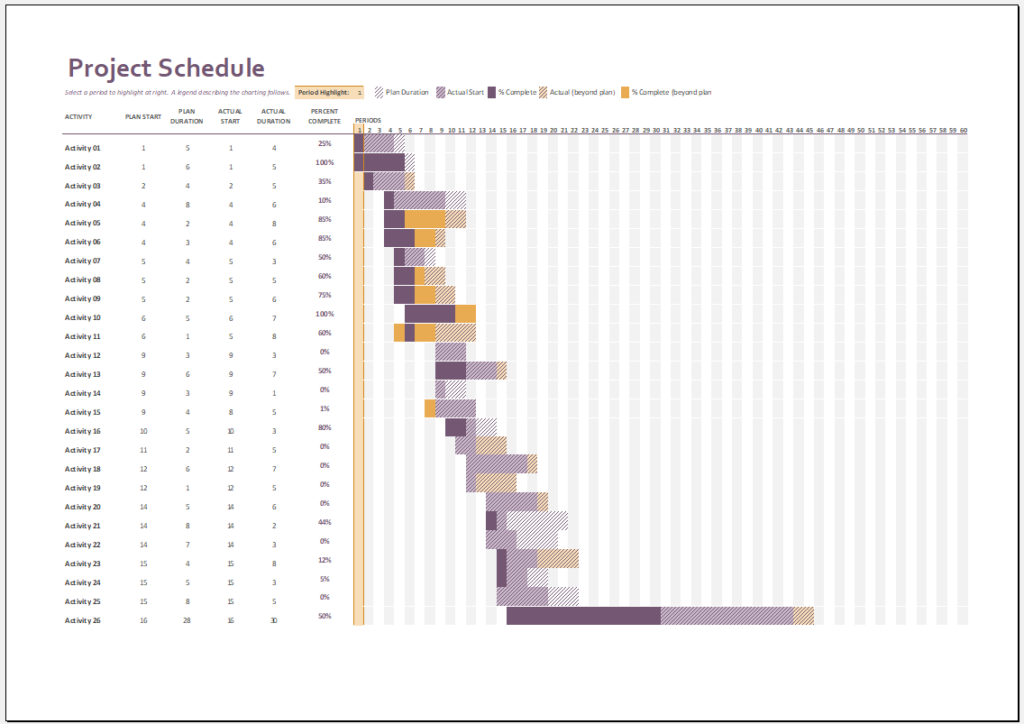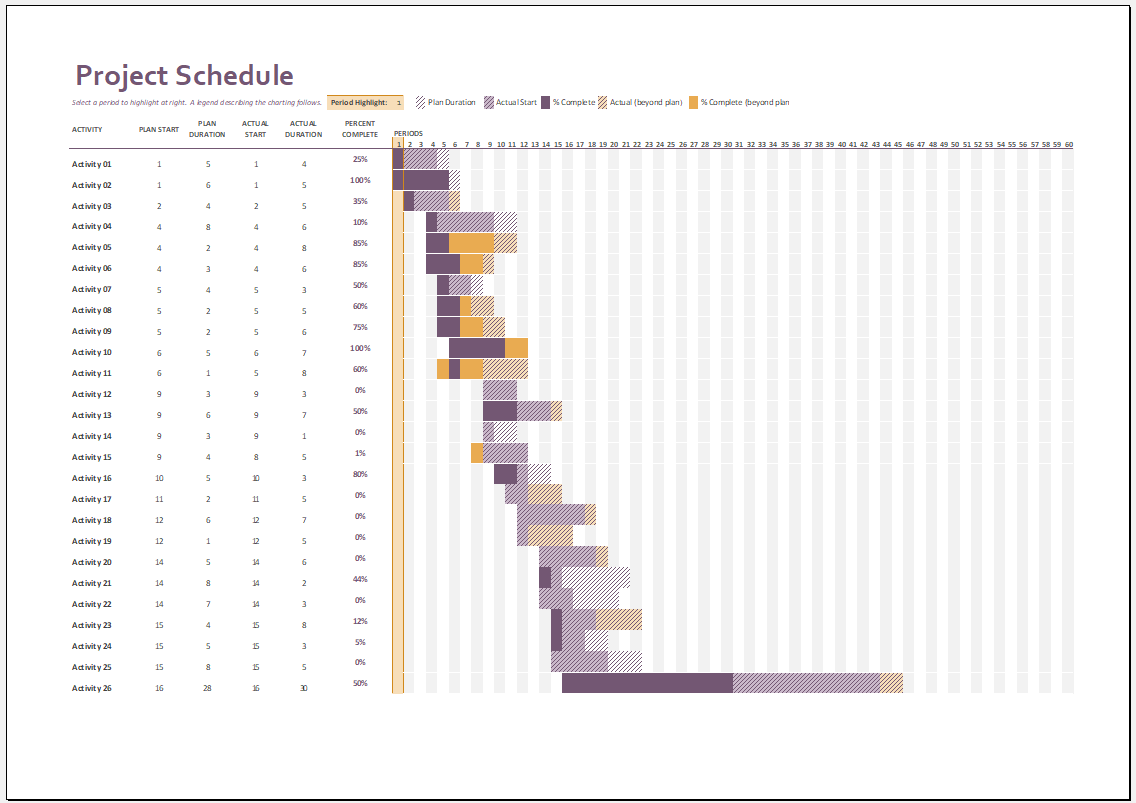Project managers frequently employ diverse scheduling techniques to ensure the timely completion of team projects. Proficient time management and organized scheduling play pivotal roles in enabling leaders and managers to successfully attain project goals.
Acquiring skills in project management and mastering the art of effective project scheduling can significantly enhance opportunities for career development and personal growth. Within this article, we delve into the definition of project scheduling, elucidate the process of scheduling a project, and explore various scheduling techniques commonly employed by project managers.
What Is a Project Scheduling Template?
Project scheduling entails the formulation of a comprehensive and detailed plan aimed at ensuring the timely completion of a project. Typically commencing with the creation of an outline, this process involves crafting a step-by-step guide delineating tasks that must be accomplished at each stage of the project.
A meticulously documented schedule facilitates transparent communication of crucial project information to clients, team members, and other stakeholders. Additionally, the scheduling process encompasses the determination and design of various tasks within specified timeframes. Examples of projects necessitating scheduling include the development of a monthly or annual editorial calendar or the orchestration of the hiring process for a new employee.
Excel Template

Project Schedule for Excel
How to Establish a Project Schedule Template?
Define Project Goals
Project managers initiate the scheduling process by clearly defining the project goals. This crucial step occurs either during the initial client meeting or when presenting the project to the team. It involves meticulous planning and prioritization of tasks to ensure the desired project outcome. During this phase, emphasis is placed on identifying key tasks and integrating smaller activities within them for streamlined execution.
Determine Task Arrangement
Once the tasks and milestones for the project are identified, the next step is determining their sequential arrangement. Project managers strategically organize tasks to ensure each one receives adequate time and attention. Some tasks may be dependent on the completion of others, requiring careful chronological sequencing for optimal efficiency.
Evaluate the Critical Path
In project scheduling, critical paths denote tasks with the longest completion times. Delays in these critical tasks can impact the overall project timeline and delivery. Project managers prioritize emphasizing the significance of critical paths to the team. Open discussions and communication about critical paths within the project management team help ensure the timely completion of high-priority tasks.
Identify Essential Resources
Resources in the scheduling process can range from equipment to human resources. Depending on the project, specific equipment or software may be necessary for task completion, or additional personnel may be required.
Project managers must identify these essential resources and make arrangements promptly. This step may involve hiring new personnel or acquiring new equipment. Timely availability of critical resources is essential to prevent any potential delays in the project timeline.
Develop a Pragmatic Schedule
Establishing a project completion timeline prior to project commencement is essential. A focused timeline, particularly on critical paths, enables the project management team to optimize time and allocate resources efficiently. Seeking input from diverse stakeholders before finalizing the timeline enhances its realism and diminishes the likelihood of future delays.
What are the Popular Project Scheduling Techniques?
The choice of a scheduling approach often depends on factors such as team size, project nature, and resource availability. Here are several widely used techniques that project managers can employ for scheduling projects:
Critical Path Method (CPM)
CPM involves analyzing and calculating both the shortest and longest timelines of a project using mathematical calculations. The scheduling process is divided into four steps (A, B, C, and D), where steps B and D can only commence once step A is complete. Project managers often opt for CPM to ensure a clear understanding of project interdependencies and deliverables within their teams.
Resource Optimization
In this method, project managers scrutinize available resources to determine the optimal combination for maximum utility. Resource optimization involves preventing underutilization or inefficient use of resources that may hamper productivity. Additionally, project managers can implement resource smoothing, which entails hiring more professionals to meet project deadlines without delays.
Fast-Tracking
Fast-tracking is an advanced scheduling technique where project managers identify opportunities for overlapping tasks in different projects. This involves finding tasks that can be completed simultaneously to reduce time spent on hiring or training team members. Fast-tracking requires meticulous coordination, effort, and planning, as project managers handle multiple tasks concurrently.
- Daily Entry Summary Sheet
- Daily Entry Summary Sheet
- Entry Badge Issuance Record Sheet
- Guest Entry Register Template
- Shopping & Souvenir List Template
- Maintenance Crew Entry Sheet
- Event Visitor Register
- Delivery Entry Register Template
- Late Arrival Log
- Pre-Trip to do List Template
- Staff Entry Register Template
- Monthly Attendance Tracker & Report
- Service Offering Description Form
- Inventory Planning Sheet Template
- Product Catalog & Pricing Form
